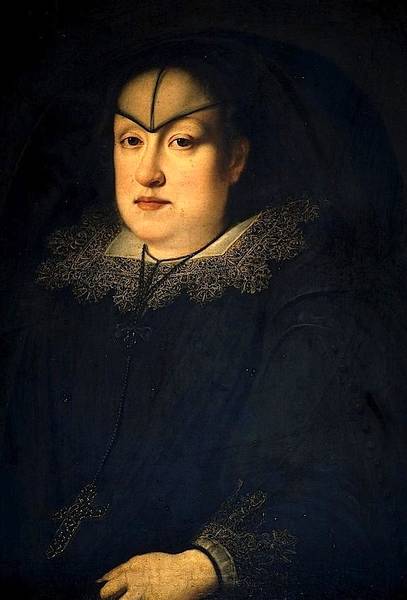The former summer apartments of Palazzo Pitti are playing host(until 2nd November) to an exhibition of many of the treasures which used to be in the Chapel of the Reliquaries, on the palace’s first floor. Founded by Maria Magdalena of Austria (wife of Cosimo II) and numbering some 1,000 pieces, the collection used to be one of the most important in Europe, but it was broken up from 1784 onwards. It has been painstakingly reassembled for this occasion, and these precious devotional objects are displayed more or less chronologically.

Three exquisite works made in Germany are the earliest pieces, dating from the 14th–15th centuries: they were sent as gifts to the Grand Duchess Christine of Lorraine. The later works in the main room include a Cross and pair of candlesticks made in 1632 for the high altar of Santissima Annunziata: the rock crystal is by Matteo Nigetti and the bronze work by Pietro Tacca. In the centre of the room is displayed a large reliquary Cross made for the relic of the True Cross kept in the Duomo, decorated with a huge topaz—it is the work of Cosimo Merlini the Elder and Bernardo Holzmann (1618). Around the same time the silver coffin was designed by Giulio Parigi to display the body of a certain St Cesonius, dug up in the catacombs of San Sebastiano in Rome and sent to Maria Magdalena of Austria after she had ordered a ‘saintly body’ for her collection. The bones of the unknown saint were accompanied by a parchment declaration of its authenticity, today on display beside it. Two reliquaries of the same date by Andrea Tarchiani were presented to Maria Magdalena by her husband.
The adjoining three rooms contain ever more elaborate works commissioned by Maria Magdalena, many of them in amber, ebony and ivory, and later pieces made for Vittoria della Rovere (wife of Cosimo’s sucessor Ferdinando II). The last room has the most astonishing early 18th-century pieces, such as the reliquary by Giovanni Battista Foggini and Massimiliano Soldani Benzi made to preserve the thigh bone of St Casimir (patron saint of Poland).
by Alta Macadam, author of Blue Guide Florence.






